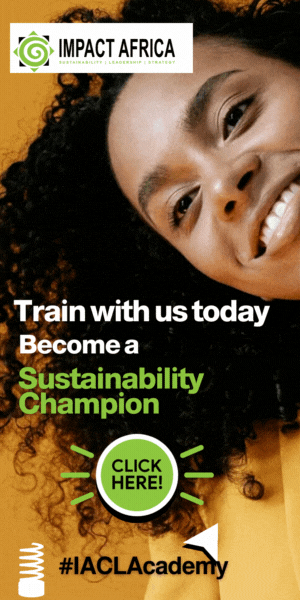When you think of the term “corporate philanthropy,” what comes to mind? A tax write-off? A public relations stunt? For some, it might be hard to imagine big businesses having a genuine impact on the world. But when you look closer, you will see stories that stir the heart and remind us that when done right, corporate philanthropy can be a powerful force for good, one that touches lives in ways that are deeply personal and profoundly transformative.
Take Cisco Systems, for instance. Imagine a young person, maybe someone who grew up in a rural village in India or an underserved neighborhood in Detroit, feeling trapped by their circumstances, with no clear path to a brighter future. For them, opportunity isn’t just knocking—it’s virtually nonexistent. But then they come across Cisco’s Networking Academy, a program offering free IT and networking courses. For the first time, they see a light at the end of the tunnel. With every module completed, they gain not only technical skills but also confidence. This is more than just education; it’s a lifeline. Over 12.7 million students (about twice the population of Arizona) across 180 countries have experienced this transformation, and for many, it’s the difference between a life of struggle and a life of potential.
As you dive into these stories, it’s impossible not to feel the surge of hope and gratitude that flows through the lives touched by these initiatives. Consider Microsoft’s AI for Good program. Imagine the panic and helplessness when a natural disaster strike—lives are upended, and chaos reigns. In those moments, what if there was a way to predict the impact, to respond more quickly, to save more lives? That’s what Microsoft’s AI for Good initiative is doing. By harnessing the power of artificial intelligence, they’re turning what might seem like tech jargon into real, life-saving tools. Whether it’s preventing illegal wildlife trafficking or improving accessibility for people with disabilities, Microsoft is showing us that AI isn’t just about the future of technology; it’s about the future of humanity.
Read also: How sustainability and Corporate Social Responsibility(CSR) can build brand loyalty in the long run
And then there’s Patagonia, the outdoor apparel company that’s built its brand on not just selling products but saving the planet. Now, think about the millions of people who enjoy the great outdoors—the hikers, the surfers, the environmentalists—who feel a deep connection to the Earth. For them, seeing the environment under threat isn’t just a global crisis; it’s personal. Patagonia’s commitment to donating 1% of its sales to environmental causes is a powerful statement that resonates with anyone who loves the natural world. But it’s not just about the money; it’s about activism, about standing up and fighting for something you believe in. Patagonia’s support for grassroots organizations isn’t just about preserving the planet; it’s about preserving our shared home, our future.
But let’s talk about Google.org’s Impact Challenges—where the excitement of innovation meets the urgency of action. Picture a small non-profit, bursting with ideas but lacking the resources to make a real impact. Now imagine that same organization receiving a grant from Google.org, along with technical support and access to Google’s technologies. Suddenly, those ideas aren’t just dreams; they’re realities. From using machine learning to stop wildfires to providing digital skills training to underrepresented communities, these Impact Challenges are a lifeline for those who have the passion and the ideas but need a little help turning them into something that changes the world.
Then there’s TOMS, a company that has redefined what it means to buy a pair of shoes. Close your eyes and think about a child, barefoot and vulnerable, unable to go to school because they lack something as basic as shoes. Now imagine that same child slipping on their first pair, knowing that someone, somewhere, cared enough to make this happen. That’s what TOMS’ One for One model is all about. For every pair of shoes purchased, another pair is donated to a child in need. Over 100 million pairs of shoes have been given away, but what’s really being delivered is hope, dignity, and the chance for a better future.
These aren’t just corporate programs; they’re stories of lives changed, of hope renewed, and of futures rewritten. They remind us that the heart of corporate philanthropy isn’t in the boardrooms or balance sheets, but in the smiles of a child, the relief of a community, and the empowerment of individuals across the globe. These companies are showing us that when business meets compassion, the impact can be truly world changing.
So the next time you hear about corporate philanthropy, don’t just think of it as a line item in a financial report. Think of the people behind the numbers—the students, the communities, the children. Feel their stories. Because in the end, corporate philanthropy is about much more than charity. It’s about connection. It’s about humanity. It’s ab





